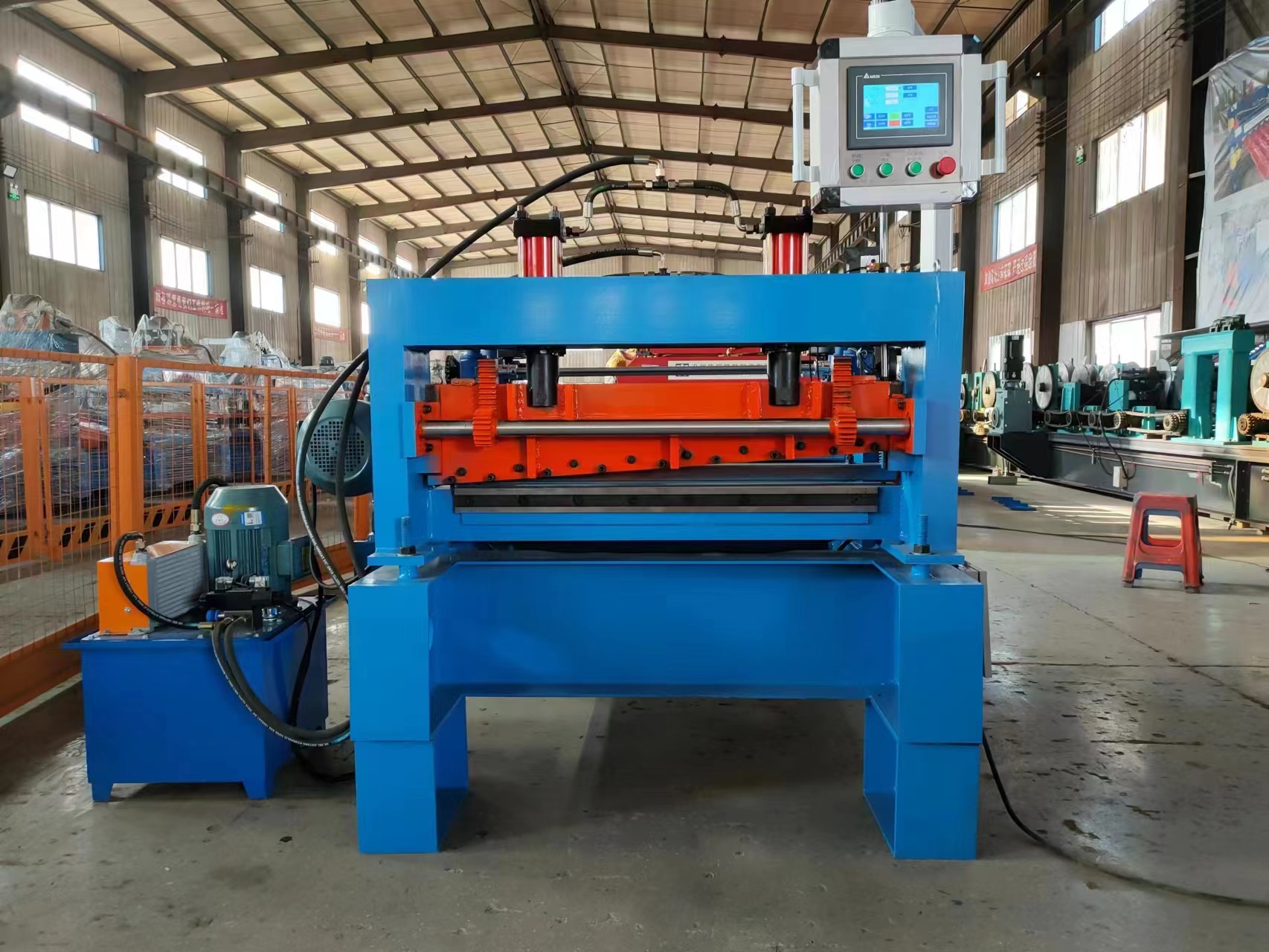
Understanding Purlin Rolling Machines Essential Tools in Modern Construction
In the realm of modern construction, efficiency and precision are paramount. Among the various machinery used in this industry, the purlin rolling machine stands out as an essential tool for the fabrication of purlins—structural components that play a vital role in supporting roofs and walls in buildings. In this article, we delve into what purlin rolling machines are, how they operate, and their significance in construction projects.
What is a Purlin Rolling Machine?
A purlin rolling machine is a specialized piece of equipment designed to manufacture purlins from metal sheets, typically steel. Purlins can be categorized into several types, including C, Z, and U-shaped sections, which are used in different structural applications. The primary function of this machine is to roll flat metal sheets into the desired purlin shape with high precision and efficiency.
How Does a Purlin Rolling Machine Work?
The operation of a purlin rolling machine involves several steps that transform raw metal sheets into finished purlins. Initially, the metal sheets are fed into the machine, where a series of rollers shape and form them. The machine is equipped with a set of adjustable rollers that can be configured to produce various profiles based on the specific requirements of the project.
The process usually begins with a metal coil. The machine unwinds and feeds this coil into the rolling line. As the metal passes through multiple sets of rollers, it is gradually shaped into the desired profile. These rollers apply pressure and manipulate the material without cutting it, which ensures material integrity and reduces waste. Additionally, most modern purlin rolling machines are equipped with computerized controls, enabling operators to easily adjust settings for different specifications, making the process adaptable and efficient.
The Importance of Purlin Rolling Machines in Construction

Purlin rolling machines have transformed the construction industry by streamlining the production of structural components. Their importance can be highlighted through several key benefits
1. Efficiency With the capability to produce purlins in large quantities quickly, these machines significantly reduce the time required for structural fabrication. This efficiency can lead to faster construction project timelines, ultimately saving costs.
2. Cost-Effectiveness By minimizing waste during the production process and allowing manufacturers to produce custom lengths and profiles, purlin rolling machines contribute to cost savings on materials and labor.
3. Adaptability The flexibility of modern purlin rolling machines allows builders to customize designs to meet specific project needs. This adaptability is invaluable in an industry often characterized by unique and varying demands.
4. Quality and Precision Advanced rolling technology provides a high degree of accuracy and consistency in the production of purlins, ensuring that all pieces meet required specifications. This reliability is crucial for maintaining structural integrity in building projects.
5. Reduced Labor Costs Automation features in modern purlin rolling machines mean that fewer operators are needed to achieve high output levels, thus reducing labor costs and improving safety on site.
In conclusion, purlin rolling machines are indispensable in the construction industry, promoting efficiency, cost-effectiveness, and precision. As building projects become increasingly complex and demand higher standards, these machines will undoubtedly play a pivotal role in shaping the future of construction. With ongoing advancements in technology, purlin rolling machines are likely to become even more sophisticated, further enhancing their capabilities and impact in the industry.